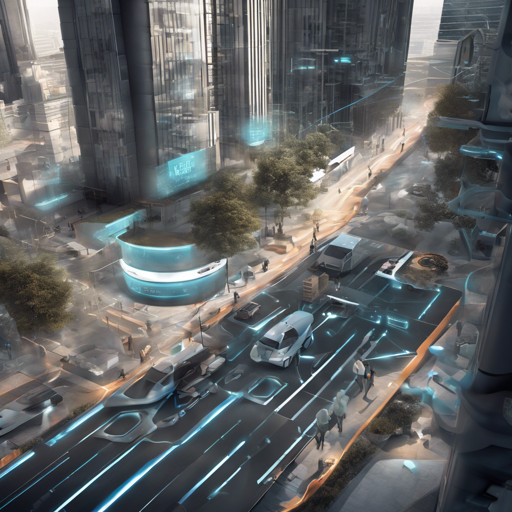3D Object Detection is revolutionizing the way machines interpret visual data, especially in the field of autonomous driving. In this article, we’ll guide you through the essentials of 3D Object Detection, focusing on Lidar-based methods. Whether you are a researcher, developer, or enthusiast, you will find valuable resources here!
Understanding the Basics
Before diving into the datasets, conferences, and papers, imagine a car navigating through a busy city. The car uses special glasses (Lidar) to ‘see’ and understand its surroundings in 3D. Just like an artist uses different shades and perspectives to create depth in a painting, Lidar systems generate intricate point clouds that provide a detailed view of the environment.
Getting Started with Datasets
To train and evaluate 3D Object Detection models, we rely on quality datasets. Here are some of the major datasets you can explore:
- KITTI Dataset – Includes 3,712 training samples, 3,769 validation samples, and 7,518 testing samples.
- nuScenes Dataset – Comprises 28k training samples, 6k validation samples, and 6k testing samples.
- Lyft Dataset.
- Waymo Open Dataset – 798 training sequences with around 158,361 LiDAR samples and 202 validation sequences with 40,077 LiDAR samples.
Keeping Updated with Conferences and Workshops
Staying updated is essential in the fast-paced field of 3D Object Detection. Attend these renowned conferences and workshops:
Conferences:
- Conference on Computer Vision and Pattern Recognition (CVPR)
- International Conference on Computer Vision (ICCV)
- European Conference on Computer Vision (ECCV)
Workshops:
- CVPR 2019 Workshop on Autonomous Driving
- CVPR 2020 Workshop on Autonomous Driving
- CVPR 2021 Workshop on Autonomous Driving
- CVPR 2022 Workshop on Autonomous Driving
Essential Papers in Lidar-based Methods
Delving into groundbreaking research papers can elevate your understanding. Here’s a selection of crucial readings:
- End-to-End Multi-View Fusion for 3D Object Detection in LiDAR Point Clouds
- Vehicle Detection from 3D LiDAR Using Fully Convolutional Network
- VoxelNet: End-to-End Learning for Point Cloud Based 3D Object Detection
- BirdNet: a 3D Object Detection Framework from LiDAR Information
Troubleshooting Common Issues
Like any technology, you may encounter issues while working with 3D Object Detection. Here are some common problems and their solutions:
- Cannot download datasets: Ensure you have a stable internet connection and check if the correct URLs are being accessed.
- Model training errors: Review the code for compatibility issues between libraries and the dataset format you are using.
- Insufficient performance metrics: Validate your training dataset for completeness and ensure your model’s hyperparameters are optimized.
- Confusing paper references: Consider joining online forums or communities where you can ask for clarifications.
For more insights, updates, or to collaborate on AI development projects, stay connected with fxis.ai.
Conclusion
3D Object Detection is an exhilarating field backed by a wealth of resources. Dive into the datasets, attend prominent conferences, and keep up with the latest research to stay ahead in this cutting-edge domain. At fxis.ai, we believe that such advancements are crucial for the future of AI, as they enable more comprehensive and effective solutions. Our team is continually exploring new methodologies to push the envelope in artificial intelligence, ensuring that our clients benefit from the latest technological innovations.

